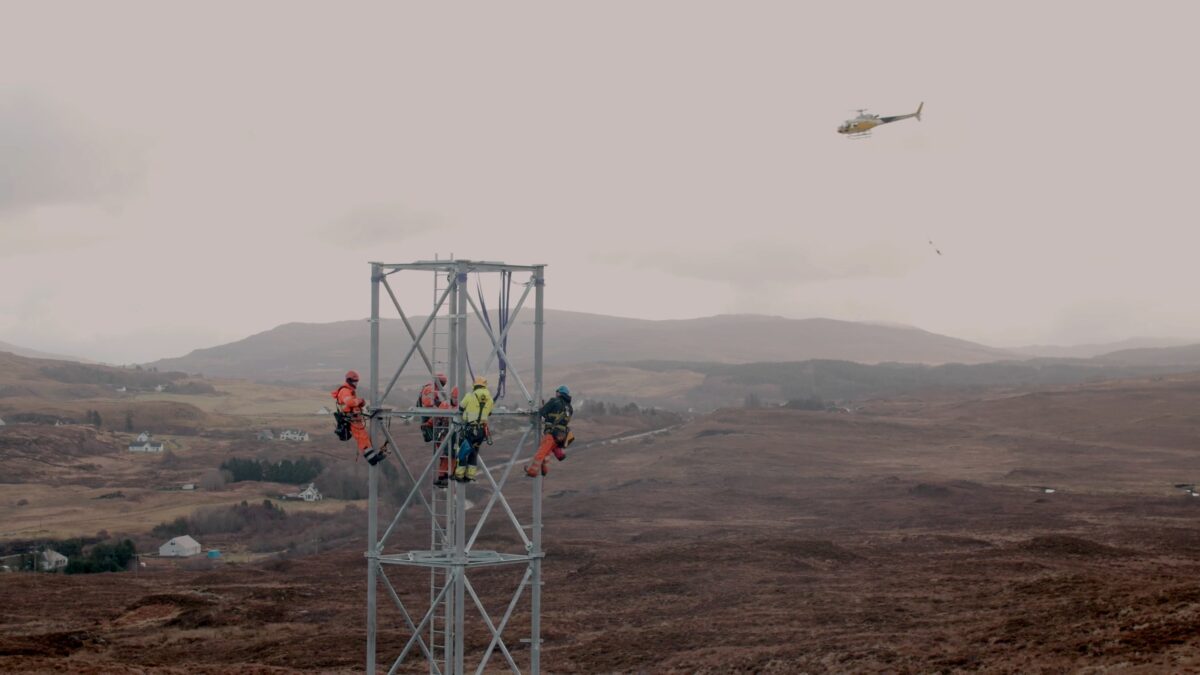Islanders are on cloud nine after helicopters were deployed to deliver a boost to mobile phone coverage.
Residents of Skye secured better and faster mobile connections after choppers helped install new 4G masts on the island.
It was the 100th site in the UK connected by Virgin Media O2 as part of the UK Government’s £1 billion Shared Rural Network programme.
The scheme allows for mobile phone carriers to share the signal provided by a mast – meaning even though it’s controlled by Virgin Media O2, Three and Vodafone customers also benefit.
And that means Virgin Media O2’s customers can also now benefit from reliable 4G services at 146 rural locations around the country.
Of the 100 rural sites that have been built or upgraded by Virgin Media O2 so far, 78 are in some of the most remote parts of Scotland, including Shetland, Ardross, and Argyll & Bute, while 19 are in rural parts of England, including parts of Yorkshire, Suffolk and Kent, and three are in Northern Ireland.
The upgrades provide customers with faster and more reliable mobile data and higher quality voice calls, transforming coverage in areas with previously patchy or slow services.
Jeanie York, chief technology officer at Virgin Media O2, said: “We’re going to extreme lengths connecting the most remote corners of the UK to deliver our share of the Shared Rural Network.
“This investment is vital to ensure we provide fast and reliable coverage to all areas of the UK. With so much of our modern life taking place online, rural communities deserve the same standard of mobile connectivity as those in urban areas, and we’re proud to be stepping up and playing our part.
“The 100 sites we have delivered will mean that more residents, businesses and visitors in rural areas can benefit from better mobile coverage, with more locations to follow in the coming months. This work is vital in tackling the urban-rural digital divide that exists in the UK.”
The SRN is a joint initiative between mobile network operators and the UK Government to extend 4G connectivity to 95 per cent of the UK’s landmass by the end of 2025.




